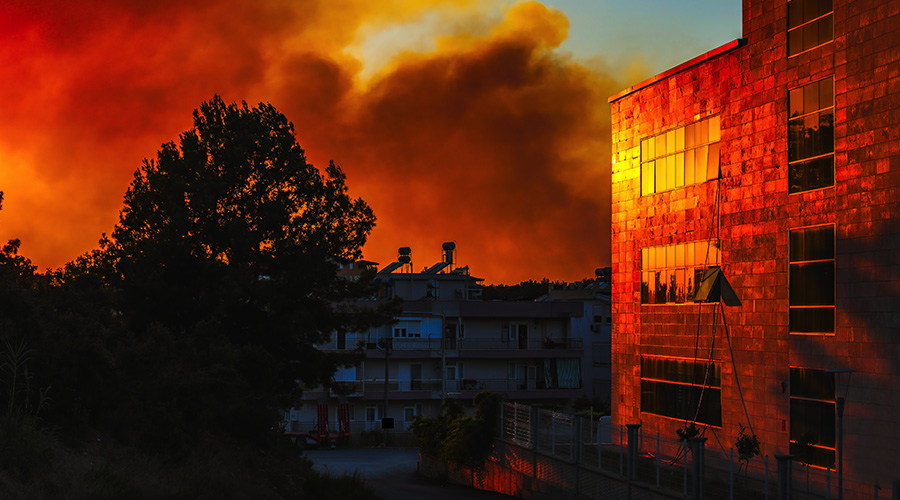7x24 Exchange Helps Guide Data Center Disaster Planning
In many ways, data center disaster planning inhabits its own particular place. But you shouldn't keep the data center in a vacuum when making disaster plans, says Bob Cassiliano, president and CEO, business information services, and chairman of the board, 7x24 Exchange. The 7x24 Exchange is a non-profit organization that focuses on helping companies learn from each other on how best to design, build, operate and maintain mission critical infrastructures.
When testing your plans, the first step is to meet with the business units to map out what — and who — you need when, Cassiliano says.
"On Day 1 you need the critical people, on Day 7, you start bringing in additional resources as the situation starts to settle," he says. "That is all planned up front in those (planning) meetings, and that's why you need the businesses and technology at those meetings, because it also starts to dictate what technology personnel are needed."
Another aspect of planning that needs to be carefully examined is the location of recovery sites. As Cassiliano says, the optimum is to be far enough away to avoid the disaster, yet be close enough to get people there. So it's a delicate balancing act. And with events like Hurricane Sandy offering new threats to facilities, it's even more difficult to plan.
"Looking at the East Coast, we tend to have disaster sites closer than you would in areas that have hurricanes, tornadoes, earthquakes, because we tend not to have that," Cassiliano says. "So, as an example, somebody in New York City will have a recovery site in Jersey City, right across the river. That thinking does have to change now if we're talking about events like a hurricane, if they're going to occur more frequently."
Once you figure out what services and people you need, when you need them, and where they're going to be, the next step is thoroughly testing the plan. Cassiliano suggests sending business units to a recovery site for a day every so often to ensure they can do what they need to do remotely. Also, start from the assumption that in a disaster situation, the building you currently operate will be unavailable.
But even successful planning and preparation can't solve everything. And, as in most things, there's a cost factor as well.
"What I tell people is in a disaster recovery situation, risk has a direct relationship to dollars," Cassiliano says. "If you want no risk, bring a wheelbarrow full of money. "
Related Topics:















